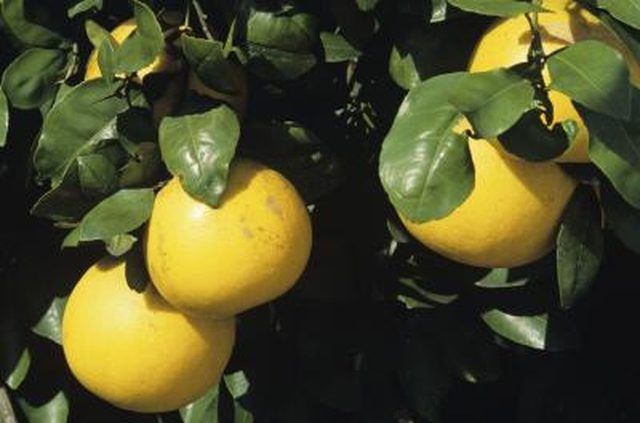Bulbs
Flower Basics
Flower Beds & Specialty Gardens
Flower Garden
Garden Furniture
Garden Gnomes
Garden Seeds
Garden Sheds
Garden Statues
Garden Tools & Supplies
Gardening Basics
Green & Organic
Groundcovers & Vines
Growing Annuals
Growing Basil
Growing Beans
Growing Berries
Growing Blueberries
Growing Cactus
Growing Corn
Growing Cotton
Growing Edibles
Growing Flowers
Growing Garlic
Growing Grapes
Growing Grass
Growing Herbs
Growing Jasmine
Growing Mint
Growing Mushrooms
Orchids
Growing Peanuts
Growing Perennials
Growing Plants
Growing Rosemary
Growing Roses
Growing Strawberries
Growing Sunflowers
Growing Thyme
Growing Tomatoes
Growing Tulips
Growing Vegetables
Herb Basics
Herb Garden
Indoor Growing
Landscaping Basics
Landscaping Patios
Landscaping Plants
Landscaping Shrubs
Landscaping Trees
Landscaping Walks & Pathways
Lawn Basics
Lawn Maintenance
Lawn Mowers
Lawn Ornaments
Lawn Planting
Lawn Tools
Outdoor Growing
Overall Landscape Planning
Pests, Weeds & Problems
Plant Basics
Rock Garden
Rose Garden
Shrubs
Soil
Specialty Gardens
Trees
Vegetable Garden
Yard Maintenance
Recommended Fruit Trees for Southeast Texas
Recommended Fruit Trees for Southeast Texas. Southeast Texas features the long, hot and humid summers of USDA Growing Zone 9, with winter temperatures that rarely drop under 20 to 30 degrees Fahrenheit. These conditions offer ideal weather for almost every fruit tree and are ideal for some of the more specialized citrus trees.

Southeast Texas features the long, hot and humid summers of USDA Growing Zone 9, with winter temperatures that rarely drop under 20 to 30 degrees Fahrenheit. These conditions offer ideal weather for almost every fruit tree and are ideal for some of the more specialized citrus trees.
Citrus Trees
Southeast Texas is part of the Sunbelt, which runs from Southern California, through south Texas and into Florida. This area offers extremely humid subtropical summers, where sensitive fruit trees thrive. According to Aggie Horticulture, subtropical trees like oranges and grapefruits are particularly popular in this region of Texas.
Stone Fruit Trees
Stone fruit trees like peaches, plums and cherries are hardier to cold than citrus fruits and grow well throughout the nation. Aggie Horticulture's East Texas Gardening recommends peaches, nectarines, plums and apricots for this region of Texas.
Seed Fruit Trees
Seed fruit trees are equally hardy and enjoy the warm summers of south Texas for ripening into large, juicy fruit. Plant apples, pears, persimmons and Asian pears in this region for fruit-growing success.
Planting
Gardeners should plant new fruit trees after the last frost in their area, which may fall as early as late March in Southeast Texas. Fruit trees require sites that get full sun for eight hours a day and complete drainage. Ideal growing foundations for fruit trees include both quick-draining soil and organic compost.